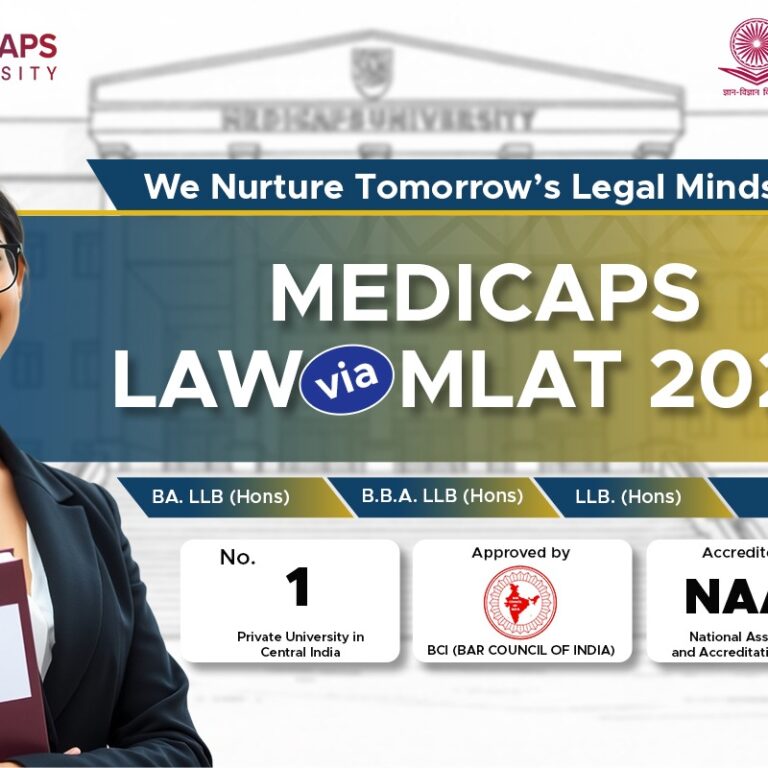How do I solve statement and conclusion questions?

Statement and conclusion questions require you to analyse a given statement and determine which of the provided conclusions logically follow from it. These questions assess your ability to deduce logically valid conclusions based on the information provided, without making assumptions beyond the statement.
Here’s a step-by-step guide to solving these questions effectively:
1. Read the Statement Carefully
The first and most crucial step is to read the statement thoroughly. Try to understand the essence of the statement without letting your own biases or prior knowledge influence your judgment. Remember, you are supposed to draw conclusions only from the information provided in the statement, not from what you assume.
2. Understand the Nature of the Statement
Identify what kind of statement it is:
- Factual Statement: Based on real-world facts.
- Opinionated Statement: Represents someone’s opinion or belief.
- Conditional Statement: Contains conditions like “if” or “when.”
Understanding the type of statement will help you better analyse the conclusions.
3. Analyse Each Conclusion Separately
For each given conclusion, you need to analyse whether it directly follows from the statement. Here’s how you can approach this:
- Conclusion Must Follow Logically: The conclusion should be a direct inference from the statement, without requiring additional assumptions. If the conclusion introduces any new information not hinted at in the statement, it does not follow.
- Avoid Assumptions: Do not bring in external information or make assumptions. Stick strictly to what the statement says, even if in real life the conclusion might seem reasonable.
- Check for Strength of the Conclusion: If the conclusion is too extreme or absolute (using words like “always” or “never”), it is less likely to be valid unless the statement itself is that definite. Most valid conclusions are moderate in nature and reflect the information in the statement without going beyond it.
4. Look for Keywords and Connectors
Pay attention to keywords such as “all,” “some,” “none,” “only,” “always,” “never,” “cannot,” etc. These words can significantly affect the meaning of both the statement and the conclusion. If the statement uses a general term like “some,” then a conclusion using “all” will not be valid.
For example:
- Statement: “Some lawyers are honest.”
- Conclusion 1: “All lawyers are honest.” (Incorrect, as the statement says “some.”)
- Conclusion 2: “Some lawyers may not be honest.” (Correct, as it logically follows from “some.”)
5. Eliminate Invalid Conclusions
Once you’ve analysed each conclusion, eliminate the ones that:
- Are too broad or extreme.
- Rely on assumptions not stated in the original statement.
- Go beyond the scope of the statement.
If a conclusion introduces new facts, it is likely invalid. Stick to conclusions that are confined to the scope of the statement.
6. Consider Reverse Logic
For some questions, you can use reverse logic. This means checking whether the negation of the conclusion would lead to a contradiction with the statement. If negating the conclusion makes the statement illogical, the conclusion might be valid. However, avoid using this method excessively, as it can sometimes be misleading.
7. Practice with Examples
Let’s go through an example to see how the process works:
Statement: “All judges are honest.”
Conclusion 1: “Some judges are honest.”
Conclusion 2: “All honest people are judges.”
- Conclusion 1: This conclusion is valid. Since the statement says “all judges are honest,” it implies that “some” judges are honest.
- Conclusion 2: This is invalid. The statement only says all judges are honest but does not suggest that only judges are honest or that all honest people are judges.
8. Use the Either/Or Method for Conflicting Conclusions
In some cases, two conclusions may seem contradictory. In such instances, the answer may sometimes be “either conclusion 1 or 2 follows.” For example:
Statement: “John works hard.”
Conclusion 1: “John will succeed.”
Conclusion 2: “John may not succeed.”
Neither conclusion directly follows from the statement, but since both present different possibilities, the correct answer may be “either conclusion 1 or 2 follows.”
9. Practice Time Management
Statement and conclusion questions can be tricky, so practising them regularly will help you gain speed and confidence. Don’t spend too much time on any one question—if you’re unsure, eliminate the wrong options and move forward.
Key Tips to Remember
- Stick to the statement: Do not assume anything beyond the information given.
- Be wary of extreme conclusions: Conclusions with absolute terms like “always” or “never” are less likely to be correct unless the statement itself is extreme.
- Practice makes perfect: Regularly practising these types of questions will help you identify patterns and improve accuracy.
Calling all law aspirants!
Are you exhausted from constantly searching for study materials and question banks? Worry not!
With over 15,000 students already engaged, you definitely don't want to be left out.
Become a member of the most vibrant law aspirants community out there!
It’s FREE! Hurry!
Join our WhatsApp Groups (Click Here) and Telegram Channel (Click Here) today, and receive instant notifications.





